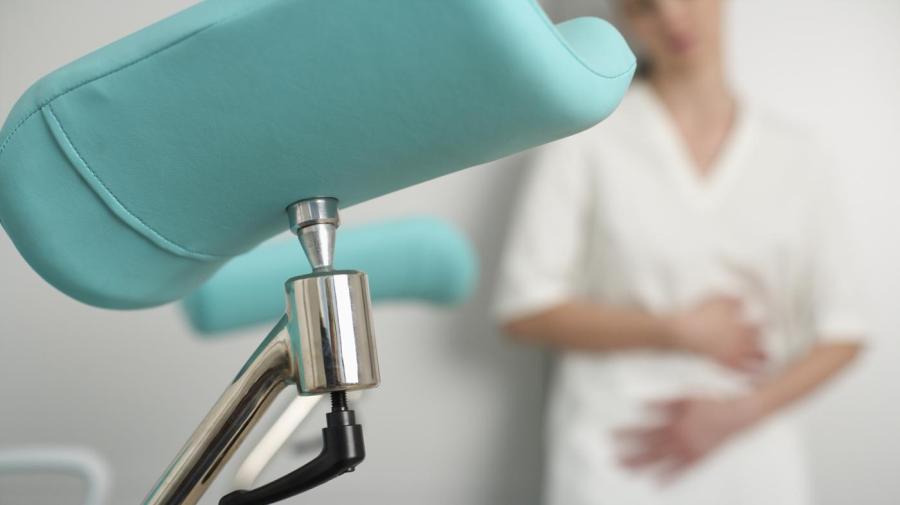What Is an Ovarian Infection?

An infection of the ovaries, fallopian tubes or uterus is called pelvic inflammatory disease, according to WebMD. Most often caused by sexually transmitted diseases such as chlamydia and gonorrhea, pelvic inflammatory disease is a leading cause of pelvic pain in women.
According to WebMD, pelvic inflammatory disease is characterized by symptoms including pain during intercourse, fever, irregular menstrual bleeding, a vaginal discharge that may have an odor, diarrhea, difficulty urinating, fatigue and vomiting. Pelvic inflammatory disease is diagnosed following a pelvic exam, lab work, an ultrasound or a laparoscopy. During a pelvic exam, a doctor looks for lumps and tenderness in the pelvis, while lab work can identify the presence of an infection using blood, urine or vaginal discharge. An ultrasound takes an image of the pelvic area to confirm a diagnosis and check for abscesses, and a laparoscopy involves inserting a scope into the abdomen to confirm a diagnosis.
Antibiotics are the best treatment to stop infections caused by pelvic inflammatory disease, according to WebMD. Any sexual partners should also be treated with antibiotics at the same time to prevent re-infection. Antibiotics kill the bacteria causing the infection, but cannot reverse any damage done to the reproductive organs caused by an untreated infection.





